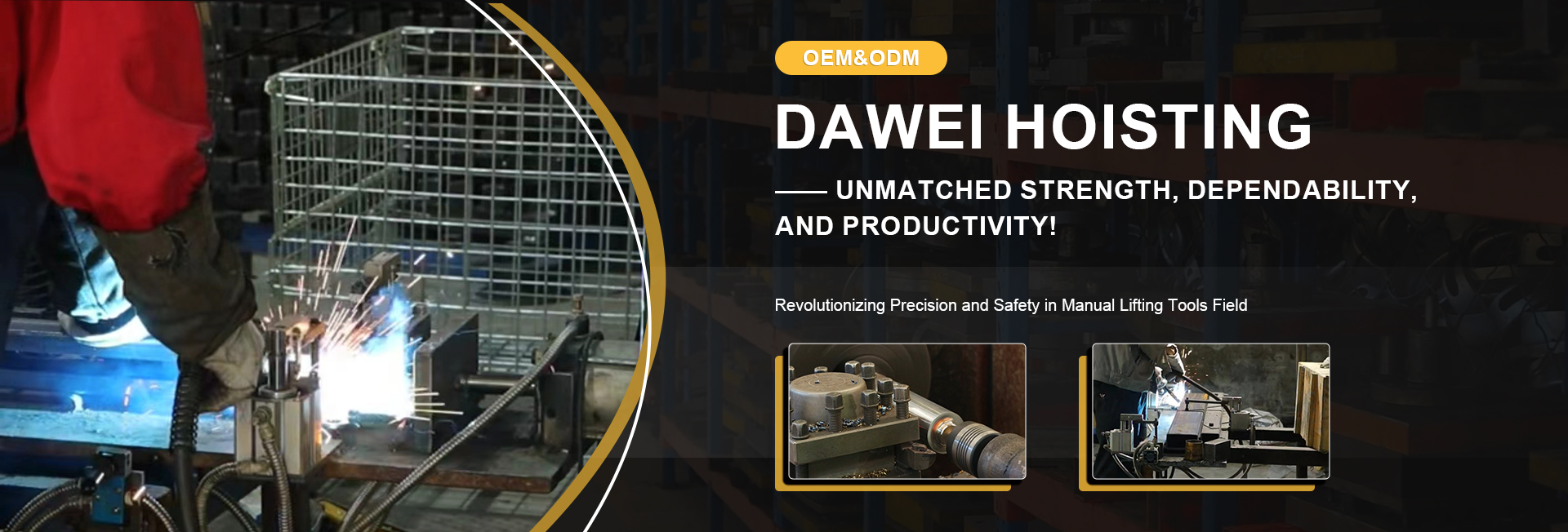Various Types and Applications of Gantry Girders in Construction and Industry
Types of Gantry Girder A Comprehensive Overview
Gantry girders are crucial structural components widely used in construction and engineering fields, particularly in bridge design and overhead crane systems. They serve as horizontal beams that support the vertical loads imposed by various structures. Understanding the types of gantry girders is essential for engineers and architects, as each type has unique design characteristics and applications suited to specific operational requirements.
1. Single Girder Gantry Crane
The single girder gantry crane is one of the most common types used in industries. It features a single horizontal girder supported by two A-frame legs. This design is particularly advantageous for facilities with limited space or lower overhead height requirements. Single girder gantry cranes are typically lighter and more cost-effective than their double girder counterparts, making them ideal for light to medium lifting tasks. They can handle loads ranging from a few hundred kilograms to several tons, depending on the specific configuration and materials used.
2. Double Girder Gantry Crane
As the name suggests, a double girder gantry crane comprises two parallel girders that provide greater strength and stability. This design allows for the lifting of heavier loads, making it suitable for heavy manufacturing and shipping operations. The two-girder design results in a wider overall span, which means larger crane hook coverage. This is particularly useful in applications requiring higher lifting heights and longer spans. Double girder gantry cranes also allow for the installation of larger hoisting units and more complex lifting mechanisms, providing flexibility in operation.
Box girder gantry cranes utilize a box-shaped girder design, which enhances the structural integrity and stability of the crane. The enclosed nature of a box girder reduces the potential for lateral flexing, making it an excellent choice for environments subject to high wind or seismic activity. Box girders can be single or double, but the arrangement provides significant advantages in terms of load distribution and weight management. These cranes are ideal for precision tasks and are often used in industries such as shipbuilding, where large, heavy components must be lifted and maneuvered accurately.
types of gantry girder

4. Portal Gantry Crane
Portal gantry cranes are often used in outdoor applications and are designed to move along rails. They consist of a framework that includes legs, typically on wheels, that allow for movement across a designated path. These types of gantry cranes are particularly suitable for construction sites and warehouses where lifting equipment must be moved across large open areas. The ability to travel along a fixed track provides flexibility in operations while maintaining structural integrity. Portal gantry cranes are often employed in activities such as steel construction, concrete placement, and constructing large infrastructure projects.
5. Adjustable Gantry Crane
Adjustable gantry cranes are versatile structures that can change height and span based on the needs of different projects. This flexibility allows the crane to accommodate varying lifting requirements and operational contexts. Adjustable gantry cranes are especially useful in workshops and manufacturing environments where the height of loads may change frequently. Operators can raise or lower the girder to suit specific tasks, making these cranes an economical choice for facilities with diverse operational demands.
6. Rail Mounted Gantry Crane (RMG)
Rail mounted gantry cranes are specifically designed for use in intermodal terminals and container yards. These cranes move along fixed rails and can handle large containers efficiently, making them integral to shipping and logistics operations. Due to their substantial lifting capacities and precision handling capabilities, RMGs are essential for loading and unloading containers from ships and trucks. Their design often includes features that allow for swift transitions between multiple loading and unloading points, increasing overall productivity at ports.
Conclusion
Understanding the various types of gantry girders is crucial for selecting the right system for specific applications. Each type, from single to double girder designs, offers unique advantages tailored to different operational needs. The appropriate choice of gantry girder not only enhances efficiency but also ensures safety and longevity in industrial applications. As industries continue to evolve, the technology and design of gantry girders will likely advance, contributing to more effective lifting solutions in the future.
-
Unlock Seamless Relocation with Our Heavy Equipment Moving ExpertiseNewsJun.06,2025
-
Unleash Unrivaled Flexibility with Our Adjustable Gantry CraneNewsJun.06,2025
-
Unleash Heavy-Duty Efficiency with Our Industrial Gantry Crane SolutionsNewsJun.06,2025
-
Revolutionize Steel Handling with Our Magnetic Lifter RangeNewsJun.06,2025
-
Master Equipment Mobility with Premium Machinery Mover SolutionsNewsJun.06,2025
-
Elevate Your Material Handling with Magnetic Lifter TechnologyNewsJun.06,2025
-
YS Permanent Lifting Magnets: The Smarter Way to Handle SteelNewsMay.22,2025
